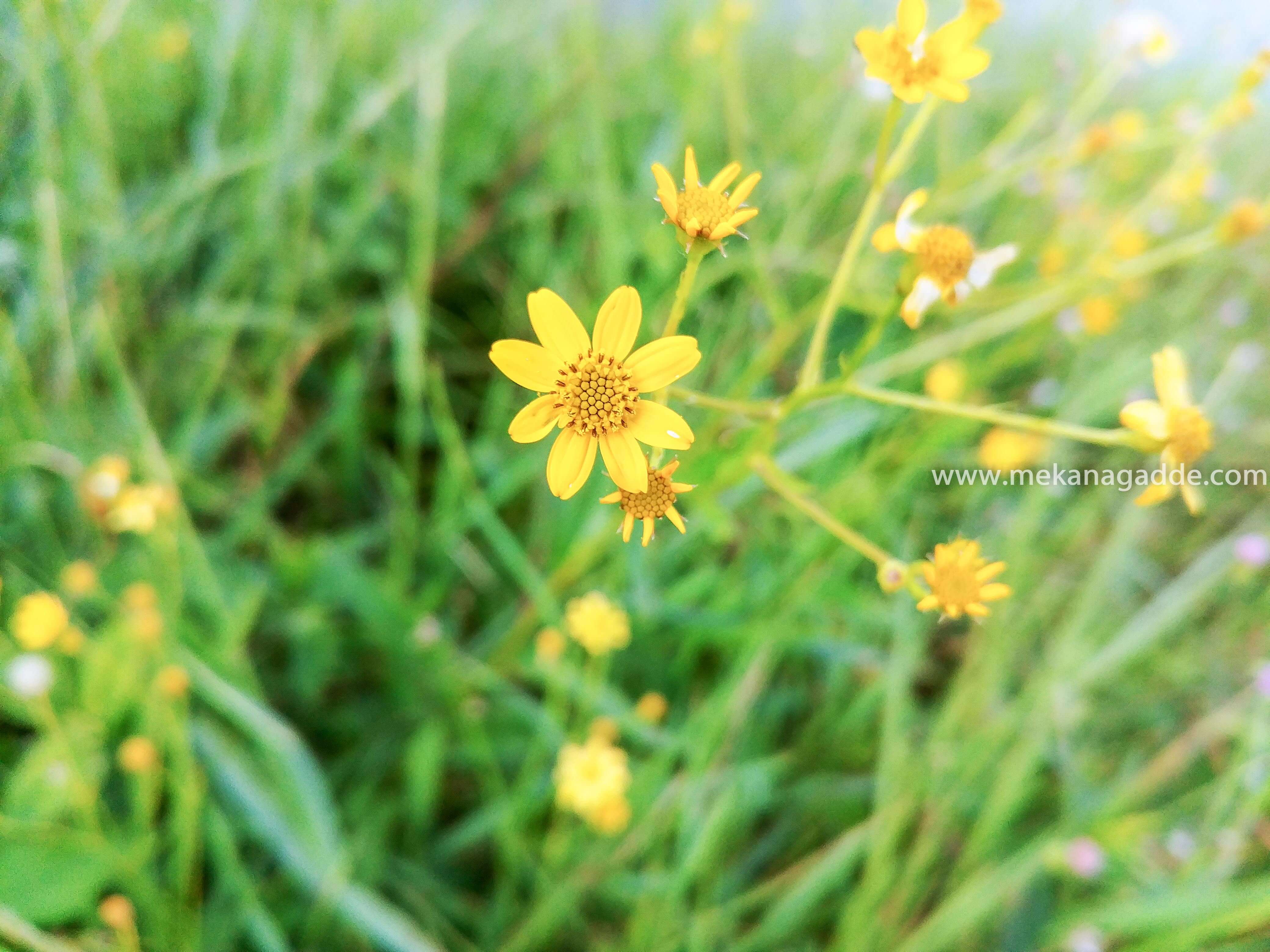Category: Ecotourism
-

How Homestays Can Help with Digital Detox: Reconnect with Life Beyond Screens
In today’s hyper-connected world, the constant buzz of notifications, emails, social media, and 24/7 connectivity can be overwhelming. Many of us are caught in a cycle of digital dependence, often without realizing how it impacts our mental health, relationships, and quality of life. That’s where a digital detox comes in—and homestays offer the ideal environment…
-

What is Sustainable Travel
Sustainable travel is a way of exploring the world that respects and protects the environment, the culture, and the people of the places we visit. It is about being aware of the impact of our travel choices and actions, and making decisions that minimize the negative effects and maximize the positive ones. Sustainable travel is…
-

Essential Items for Eco-Friendly Travel
If you’re looking for ways to travel more sustainably, one of the things you can do is to pack eco-friendly items that reduce your environmental impact. In this blog post, I’ll share some of the essential items for eco-friendly travel that I always bring with me on my trips.
-

Simply Sustainable
How to make sure your hotel is as environmentally friendly as possible With the pressures of global warming, we’re all looking for ways we can cut our carbon footprint and travel more responsibly. The decision of where to stay during your trip is a big factor so it’s good to know hotels are rising to…
-

What is Ecotourism?
What is Ecotourism? “Tourism involving travel to areas of natural or ecological interest, typically under the guidance of a naturalist, for the purpose of observing wildlife and learning about the environment and at the same time focus on wildlife and promotion of understanding and conservation of the environment.” This is a conscientious form of tourism…
-

Karnataka Eco Tourism
The increase in tourism in the twentieth century set the place for the origin of ecotourism mainly because of two motives. Firstly, more tourism has cut down seriously on the natural environment causing extensive defeat to natural resources and secondly, ecotourism or the nature-based tourism is commonly accepted, presenting a clean and more steady, sustainable…
-

Take the Trekking Trail in the Western Ghats
Take on a challenge by trekking in the wilds of the Western Ghats. Preserve the pristine beauty: A waterfall in full spate in the Western Ghats Sakleshpur For the adventurous who are eager to discover the beauty of the Western Ghats, the southern Malnad region of Hassan district is the best place to explore. The…